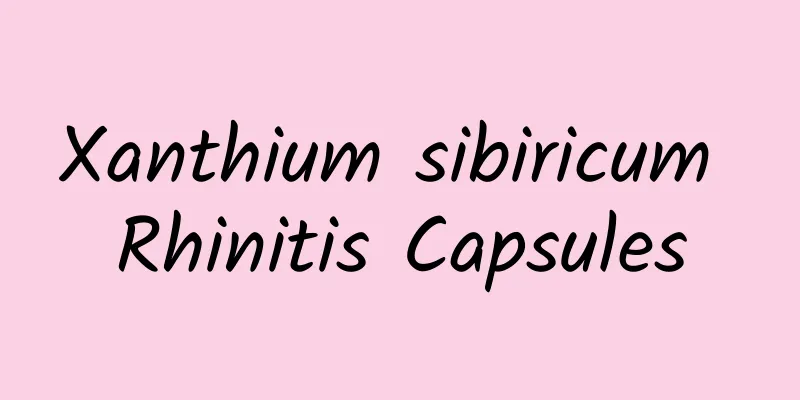The efficacy and function of brocade leaves

|
In daily life, people are not only very familiar with various foods, but also come into contact with a lot of medicines in daily life. Among them, lycopodiella vanilla leaves are a relatively common Chinese medicinal material. Given that there are still many people who don’t know much about lycopodiella vanilla leaves, let’s take a detailed look at it below. [Source] Medicinal material source: The leaves of the plant Lycopodiella vulgaris of the Melastomataceae family. [Original form] Herbaceous, 10-15cm high. The stem is erect or creeping, growing at each node, nearly fleshy, densely covered with long coarse hairs, quadrangular, and usually unbranched. Leaves are opposite; petiole is 1.5-9cm long, densely covered with long coarse hairs; leaf blade is papery, broadly ovate, broadly elliptical or rounded, with broadly acute to nearly rounded apex, cordate base, 6-16cm long, 4.5-14cm wide, green on both sides or sometimes purple-red on the back, with sparsely rough and long coarse hairs on the surface, and only the basal veins and lateral veins on the back are covered with flat long coarse hairs; basal veins are 7-9, surface veins are flat, and back veins are raised. Umbel, terminal, peduncle 4-17cm long, covered with long coarse hairs, rarely glabrous; bracts obovate or sublaterally lanceolate, covered with coarse hairs, usually only 4, about 1cm long, or longer; pedicels and calyx are both covered with chaff; calyx funnel-shaped quadrangular, lobes broadly ovate; petals pink to purple, slightly oblique at the top, with acute apex; stamens 4, nearly equal in length, anther base with tubercles or inconspicuous, connective decurrent shortly; ovary cup-shaped, with crown at apex. Capsule, crown 4-lobed at apex, extending from persistent calyx, persistent calyx with 8 longitudinal ribs, fruit pedicel elongated, covered with chaff. The flowering period is from June to August, and the fruiting period is from July to September. 【Functions and indications】Detoxification and healing of sores. Mainly used for sores and ulcers; knife wounds 【Usage and Dosage】For external use: take appropriate amount and mash it for application; or grind it into powder and apply it. 【Excerpt】 Chinese Materia Medica Through the introduction of this article, we can learn some relevant knowledge about brocade leaves. Whether from the perspective of food health or traditional Chinese medicine, the role of celery leaves cannot be underestimated. |
<<: The efficacy and function of chicken mulberry leaves
>>: The efficacy and function of golden pheasant
Recommend
Side effects of Ma Ren Wan
The hot summer can easily cause food to spoil, an...
The former "high-end fruit" has fallen from its pedestal this year. What happened?
Compared with the previous two years, the price o...
The efficacy and function of Luanhua
Traditional Chinese medicine often has unexpected...
Sorry for the offense, but "lip smacking" is really frustrating! Why is this?
Leviathan Press: It's really strange, I'm...
The efficacy and function of butterfly tree
As a traditional Chinese medicine, do you know th...
Too thin and too long teeth is also a disease? This situation is irreversible! Huaxi doctors teach you 4 ways to prevent it
If you suddenly find out one day My teeth seem to...
Yunnan, Guizhou and Sichuan's "specialties" can cure both diseases
In traditional Chinese medicine, there is a plant...
What are the benefits of drinking wolfberry soaked in water?
Many people have not tried to drink wolfberry soa...
Dizziness and nausea, is it because the "little stone" in the ear has moved out of place?
Have you ever felt dizzy and unbearable in your l...
The poultry industry's 'secret weapon': What exactly is sexing chicks?
© Hendrix Genetics Laying Hens Leviathan Press: W...
Regarding the issue of corpus luteum rupture, those who stay in bed and hold their urine on weekends should pay attention
The alarm hasn't rung yet, but you've bee...
The size is small, but the price is several times higher! Are mini vegetables just a waste of money?
Mini vegetables are gradually becoming people'...
Does chest pain during ovulation mean pregnancy?
The ovulation period is when a woman's body r...
How to equip ships with smart wings? How is autonomous navigation achieved? Let's reveal the secrets →
Driverless cars are not new, but have you ever se...









